Optimal Timing for Water Treatments
Proper timing for water treatments ensures optimal effectiveness and longevity of systems. The best time to perform water treatments depends on seasonal changes, water quality fluctuations, and system usage patterns. Typically, early spring and late fall are ideal periods for comprehensive treatments, aligning with changes in water demand and temperature.
Spring and fall are recommended for major water treatments to prepare for high usage periods and to address seasonal water quality shifts.
Monitoring water quality regularly helps determine the best timing for treatments, especially if issues like mineral buildup or algae are detected.
Periods of low system usage, such as during winter or summer vacations, are suitable for performing treatments without disrupting daily activities.
Treatments should be scheduled when weather conditions are mild to prevent treatment interference from extreme temperatures or storms.
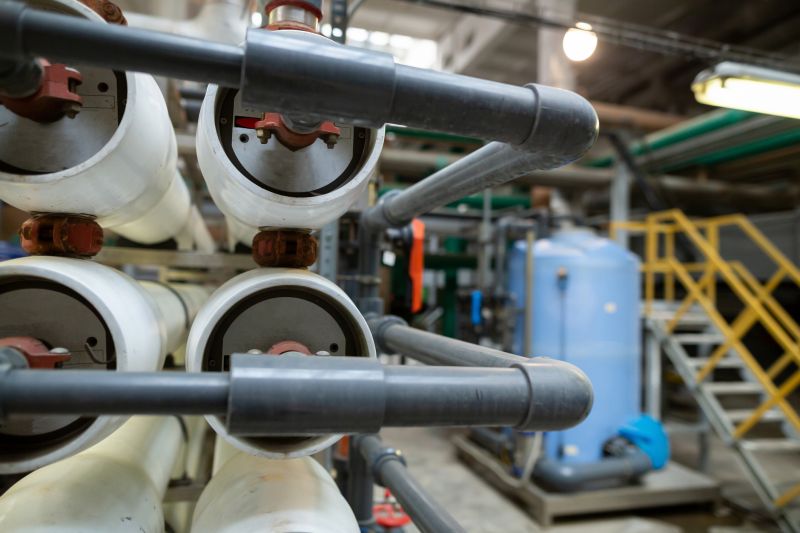
Image of filtration systems and water softeners used in treatments.
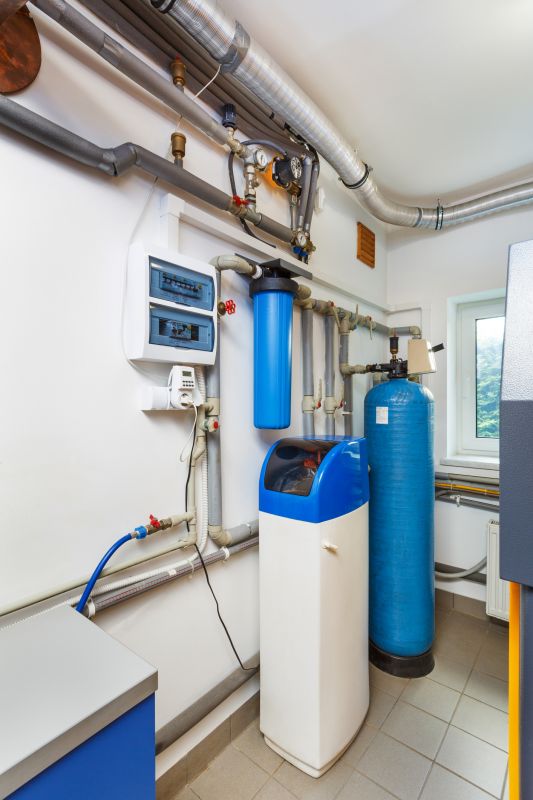
Samples being analyzed in a laboratory setting.

Technicians performing treatments outdoors during spring.
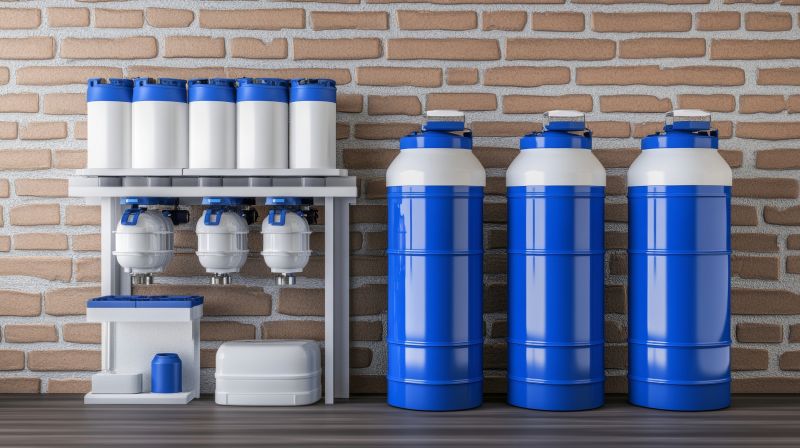
Ways to make Water Treatments work in tight or awkward layouts.

Popular materials for Water Treatments and why they hold up over time.

Simple add-ons that improve Water Treatments without blowing the budget.
| Season | Recommended Treatment Periods |
|---|---|
| Spring | March to May |
| Summer | June to August |
| Fall | September to November |
| Winter | December to February |
Water treatments are essential for maintaining water quality, preventing system damage, and ensuring safe usage. They involve various processes such as filtration, disinfection, and mineral removal. Regular treatments can reduce the risk of buildup, corrosion, and microbial growth, which can compromise system efficiency and water safety. Statistical data indicates that untreated water systems are more prone to clogging and bacterial contamination, leading to increased maintenance costs and health concerns.
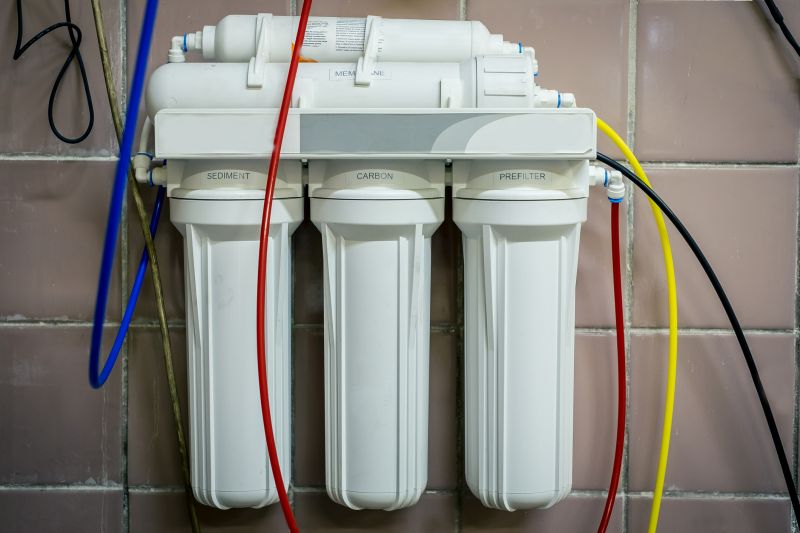
Diagram of water filtration and disinfection steps.
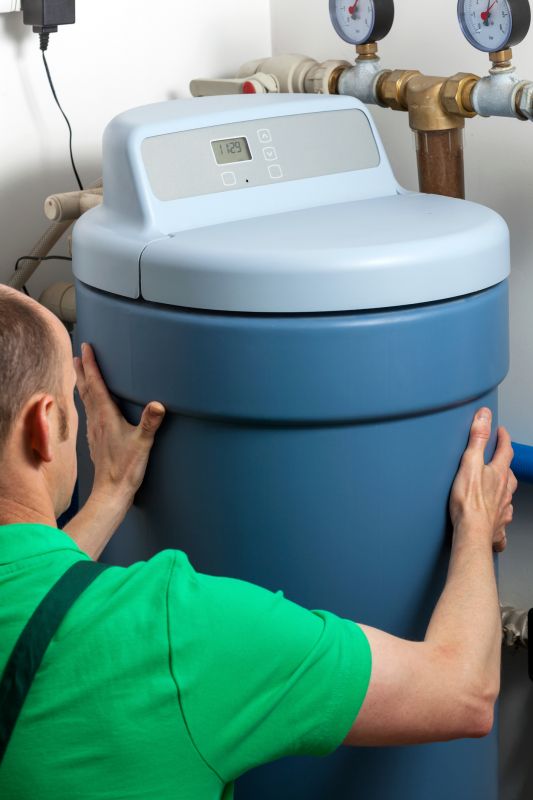
Technicians inspecting water systems.
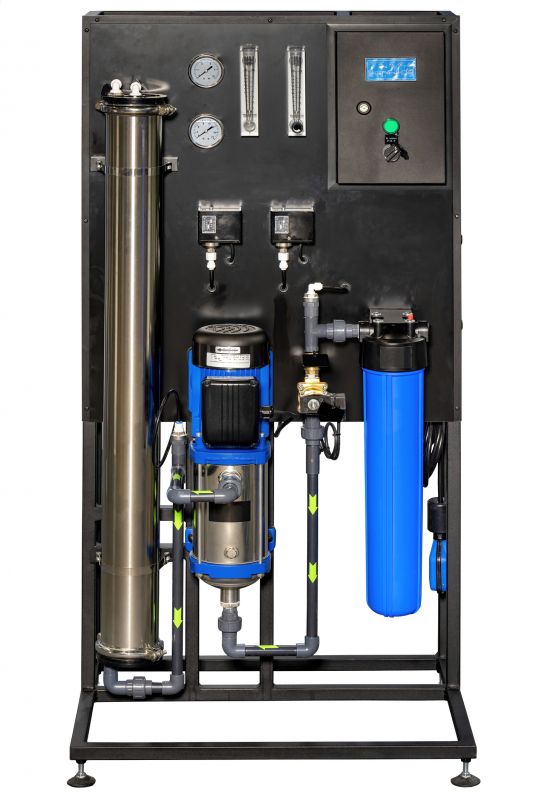
Monitoring water parameters in real-time.

Clear, treated water flowing from system.

High-end options that actually feel worth it for Water Treatments.
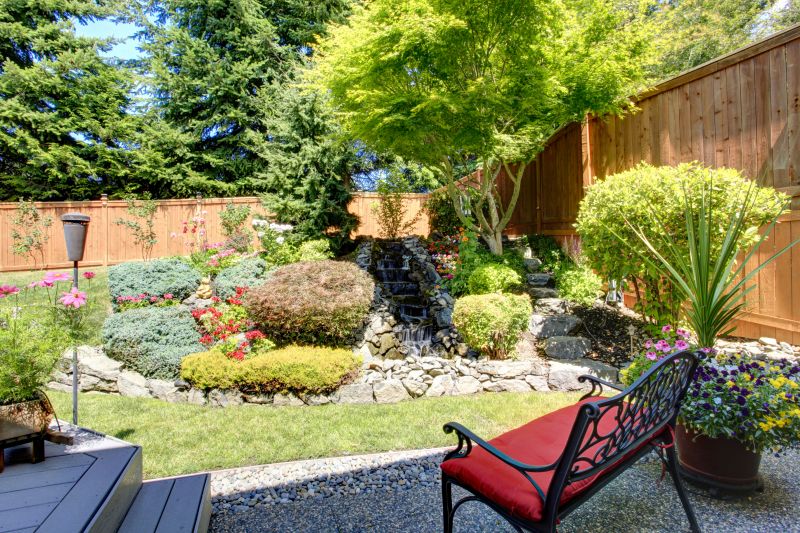
Finishes and colors that play nicely with Water Treatments.
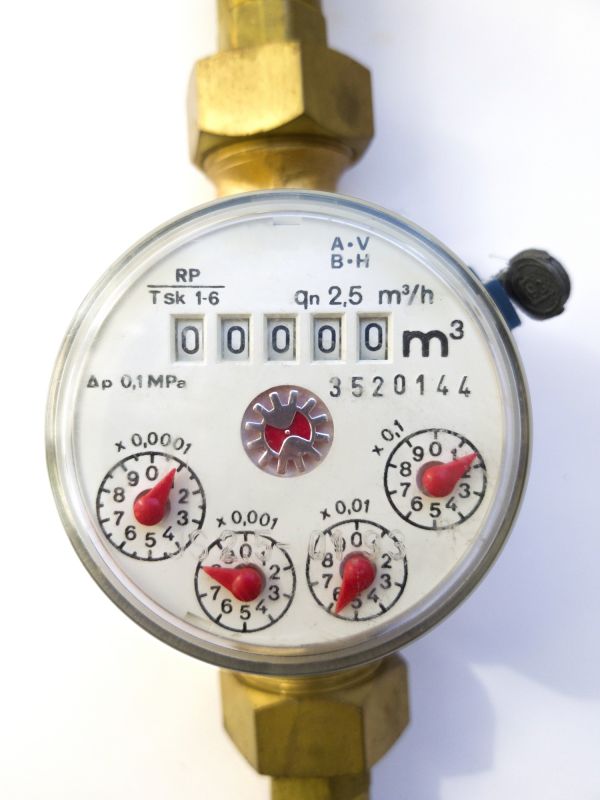
Little measurements that prevent headaches on Water Treatments day.

A 60-second routine that keeps Water Treatments looking new.
Scheduling water treatments at appropriate times can extend system lifespan and improve water safety. It is advisable to conduct treatments before peak usage seasons and after significant water quality changes. Proper timing minimizes disruptions and maximizes treatment effectiveness, ensuring consistent water quality for residential or commercial applications.
Enhanced water quality, system efficiency, and reduced maintenance costs.
Water discoloration, foul odors, or increased mineral deposits signal the need for treatment.
Professional assessment can determine the optimal treatment schedule based on specific water system needs.
Interested parties are encouraged to contact for further information on scheduling water treatments. Proper timing and regular maintenance are key to ensuring water system performance and safety.

